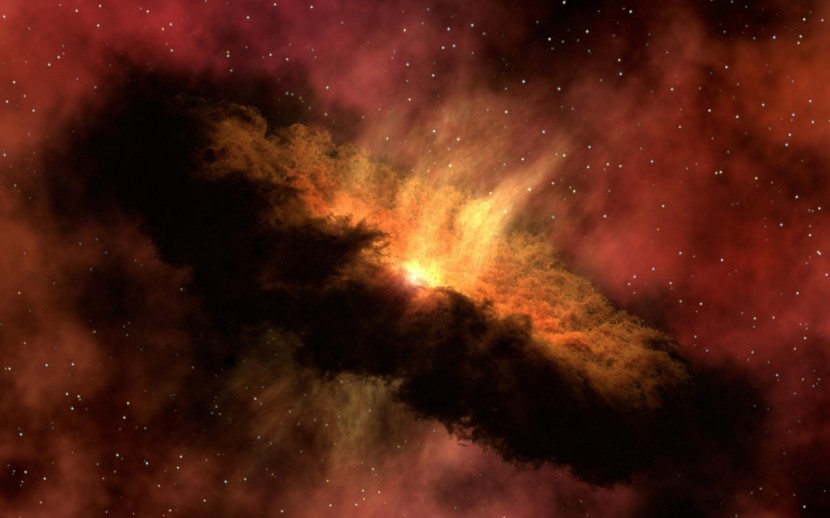
Astronomers have discovered an exotic, rare black hole outside of our galaxy that is not only considered to be dormant but appears to have been born without the explosion of a dying star.
The massive cosmic object was located in a galaxy adjacent to the Milky Way and is a finding that scientists considered to be a cosmic "needle in a haystack." On Monday, researchers said that this particular black hole differs from all other known black holes.
Rare, Dormant Black Hole
It is "X-ray quiet," which means that it does not emit powerful X-ray radiation indicative of gobbling up nearby material with its powerful gravitational pull. Furthermore, it was not born out of a stellar blast that is known as a supernova.
Black holes are cosmic objects that have extremely high density and possess such powerful gravity that not even light can escape. The recently discovered black hole has a mass of at least nine times greater than our sun.
It was detected in the Tarantula Nebula region of the Large Magellanic Cloud galaxy and is located roughly 160,000 light-years from our planet. One lightyear is a distance equivalent to 5.9 trillion miles, as per Reuters.
An extremely bright and hot blue star that has a mass of roughly 25 times of our sun orbits with this particular black hole in a stellar marriage. This is what astronomers call a binary system and this one is named VFTS 243. Researchers believe that the companion star eventually will become a black hole and could merge with the nearby one.
Dormant black holes, which astronomers believe are relatively common, are hard to detect because they interact very little with their surroundings. Numerous prior proposed candidates have been debunked with further study, including by members of the team that uncovered the latest black hole.
According to CNN, a co-author of the study, Pablo Marchant, who is an astronomer at KU Leuven, a university in Belgium, said in a news release that it was "incredible" that we hardly know of any dormant black holes despite being common.
Stellar-Mass Black Holes
The team of astronomers looked at 1,000 massive stars, each weighing at least eight times the mass of the sun), in the Tarantula Nebula region of the Large Magellanic Cloud in order to find the black hole, since it cannot be observed directly.
Another co-author of the study, Timer Shenar, said that the discovery of the dormant black hole was made by a process of elimination. The team first identified the stars that were part of binary systems, which are stars moving around a cosmic companion.
They then looked for binary systems where the companion was not visible, and careful analysis ultimately revealed that VFTS 243 was a dormant black hole. Shenar noted that the black hole was found using six years of observations by the Fibre Large Array Multi Element Spectrograph (FLAMES) instrument on ESO's Very Large Telescope.
The discovery could potentially give an insight into how black holes across the universe are formed. Stellar-mass black holes are thought to be born during the explosive death of a large star. The force of the explosion knocks black holes in a binary system into an elliptical, rather than circular orbit, France24 reported.
Related Article:
New Theory About Earth Formation Differs from Prior Suggested Models








